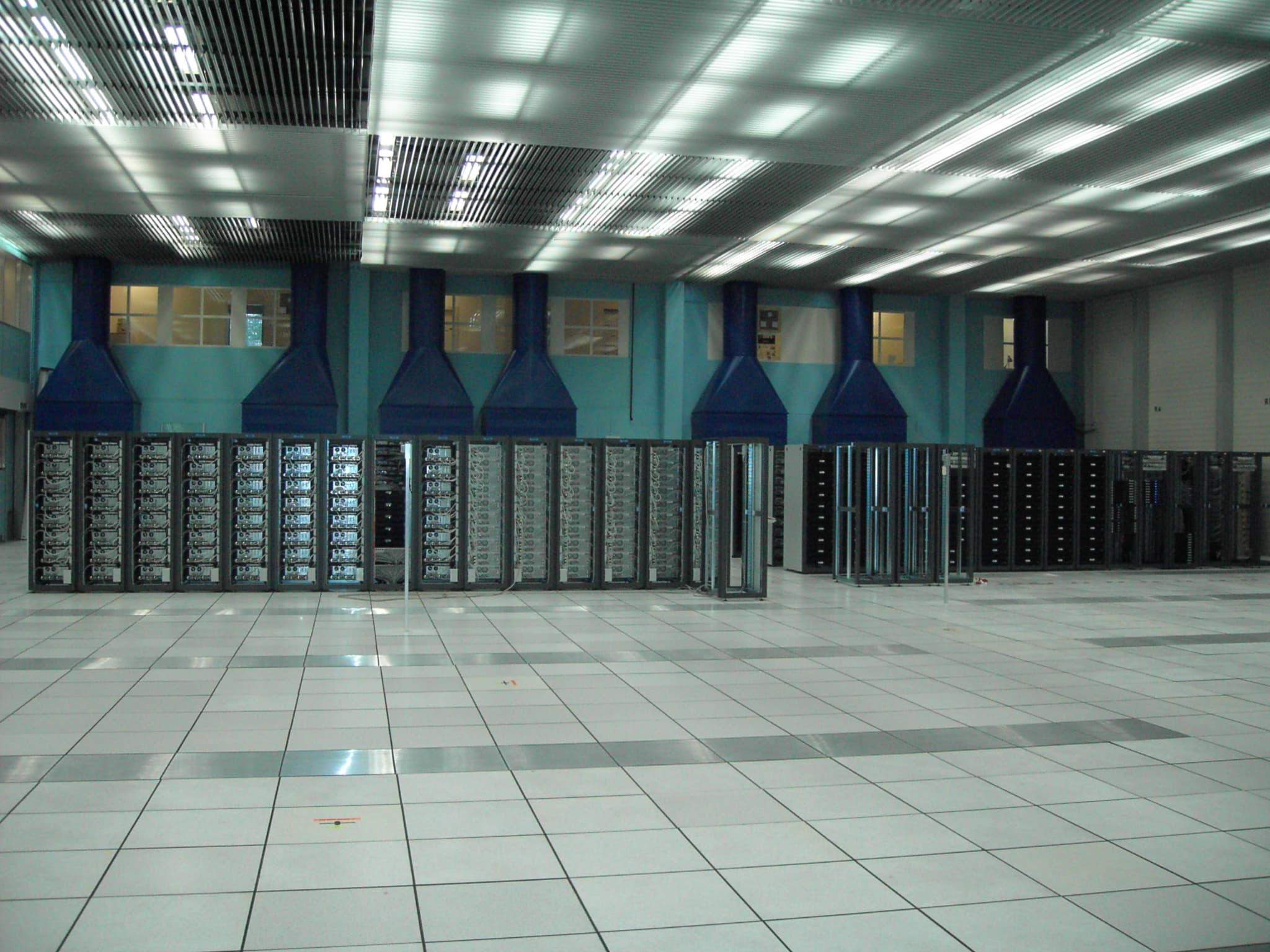PlugMapper Insights
Managed Charging vs Battery Buffering at EV Sites: Which Lowers Your OpEx Faster?
Two powerful strategies to reduce electricity costs and demand charges—this article compares managed (smart) charging and battery buffering head-to-head.

To control peak power costs, site owners often choose between managed charging (throttling ports dynamically) or battery buffering (supplementing grid with stored energy). Which path gives the best return depends on site profile.
What is managed (smart) charging?
Charging load is modulated across ports and time to avoid spikes. For instance, when one car is high-power, others may be temporarily limited.
What is battery buffering / storage integration?
A battery system is charged (often off-peak) and discharged during peak load to shave the draw to grid. It acts as a buffer between chargers and the grid.
Comparison: pros & cons
- Managed charging: lower CAPEX, no storage losses, but may throttle user experience
- Battery buffering: greater flexibility and smoothing, but adds cost, round-trip inefficiency, and complexity
- Hybrid approach: combine load control and battery to optimize both experience and cost
When each works best
- Low utilization site with occasional spikes → managed charging often suffices
- High utilization with frequent concurrency → battery buffer may be more beneficial
- Sites under tight utility demand penalties → buffer helps more in long run
Case insight & modeling
Analysis of DCFC economics shows that demand charges often dominate cost models—thus combining mitigation methods yields stronger results. Read more
Implementation checklist
- Simulate your site’s peak curves before committing
- Factor in battery lifecycle and maintenance costs
- Ensure control logic has user override or fallback
- Monitor real performance and re-tune thresholds

